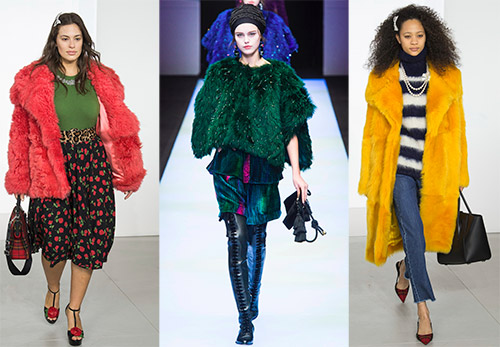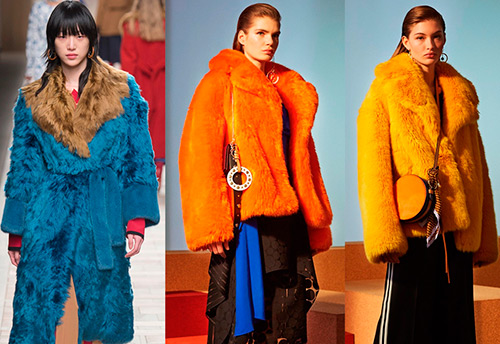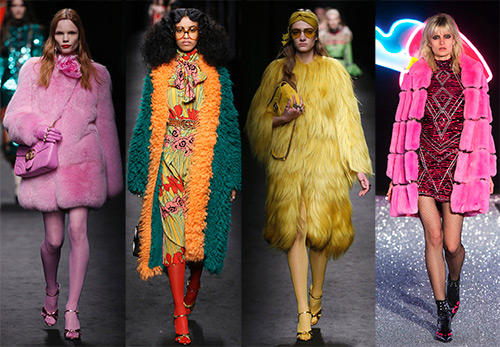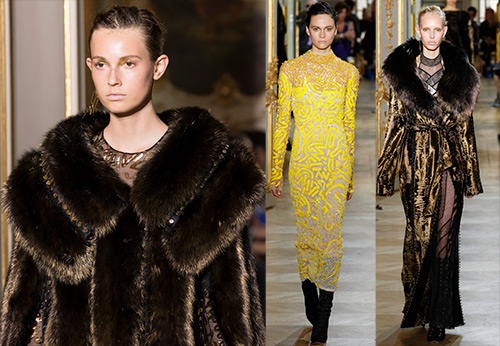Materials Science
Luxurious fur coats and collars made of natural polar fox fur
Natural fur is always a luxury. And despite the fact that now the struggle of the defenders of animals and the nature of the planet is winning to some extent, many women, especially those aged 40+, dream of a luxurious fur coat. After all, each of them knows that precious fur is capable of instantly transforming and giving extraordinary feelings of confidence, emphasizing status and good taste. The beauty of the fur instantly adds to the attractiveness of its owner.
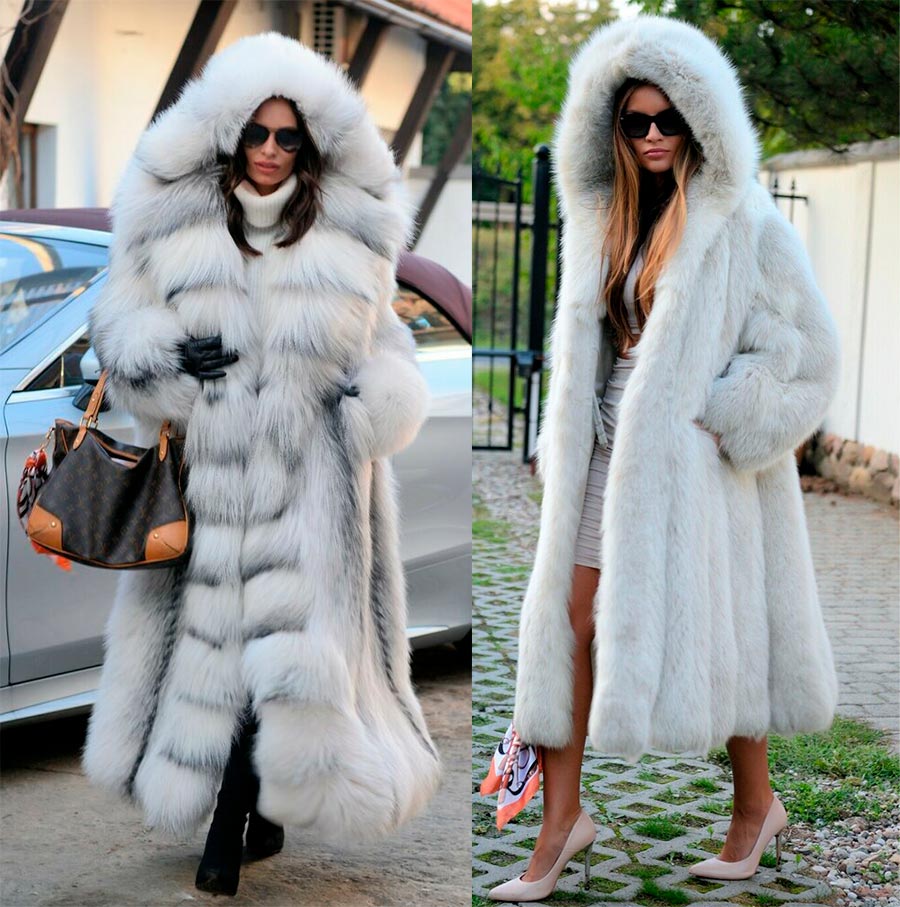
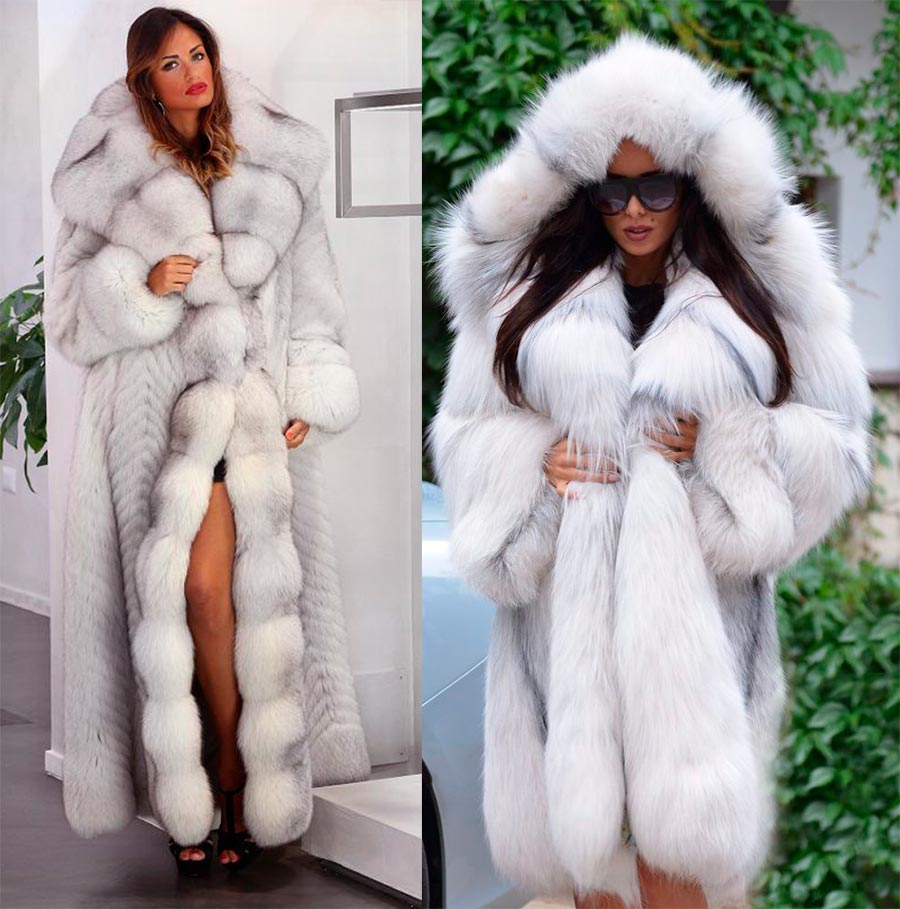
Of course, quality products are expensive, and now is not the best time for many to purchase a valuable product. The pandemic has crippled household budgets in many countries around the world. Therefore, the time when again luxurious fur will be in demand will not come so soon. And yet, the investment in products made from natural fur pays off many times over.
The bright colors appear on the catwalk artificial fur coats, but mostly young girls, almost adolescents, show interest in them. Of those who have the means to purchase precious fur, few refuse to take advantage of this opportunity. And today we will look at the beauty of arctic fox fur.
What does a real arctic fox look like?
The fur of the Arctic fox is easy to distinguish from other types of furs, it has a long hairline, and it is very fluffy and soft. Fur is distinguished by thick, high underfur and thick guard hair, and therefore has good heat-shielding properties. The color of the fur is blue and white.
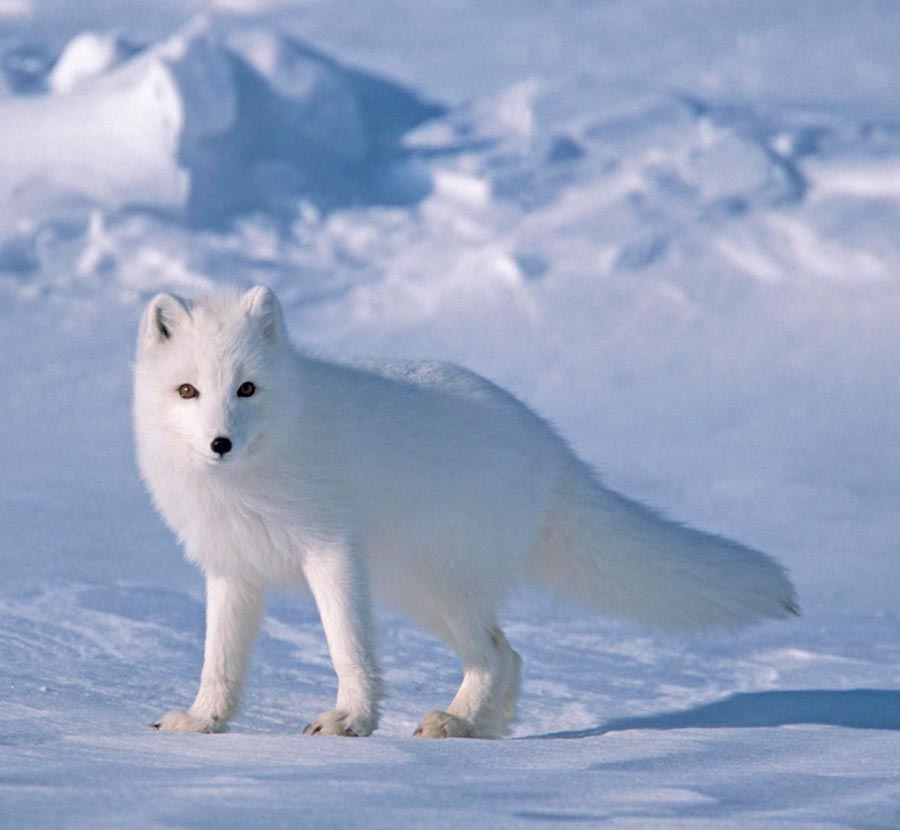
Under the blue color of the fur is meant a beige color with a blue tint. In other words, in the blue fox, the tips of the guard hairs are blue, and a bluish haze seems to form over the fur. With good care, the products will last a long time - a blue fox fur coat - up to 12 seasons, and a white fur coat - up to 8 - 9 seasons (white fur turns yellow over time).
Arctic fox fur is splendor and luxury. For a long time, with his beauty, he won popularity among women. With new technologies in fur dressing, both artificial and natural fur can be given almost any color.
Fur coats, muffs, hats are made from arctic fox fur, it also serves as a finishing material - it is used in the manufacture of collars, scarves, cuffs and other accessories.
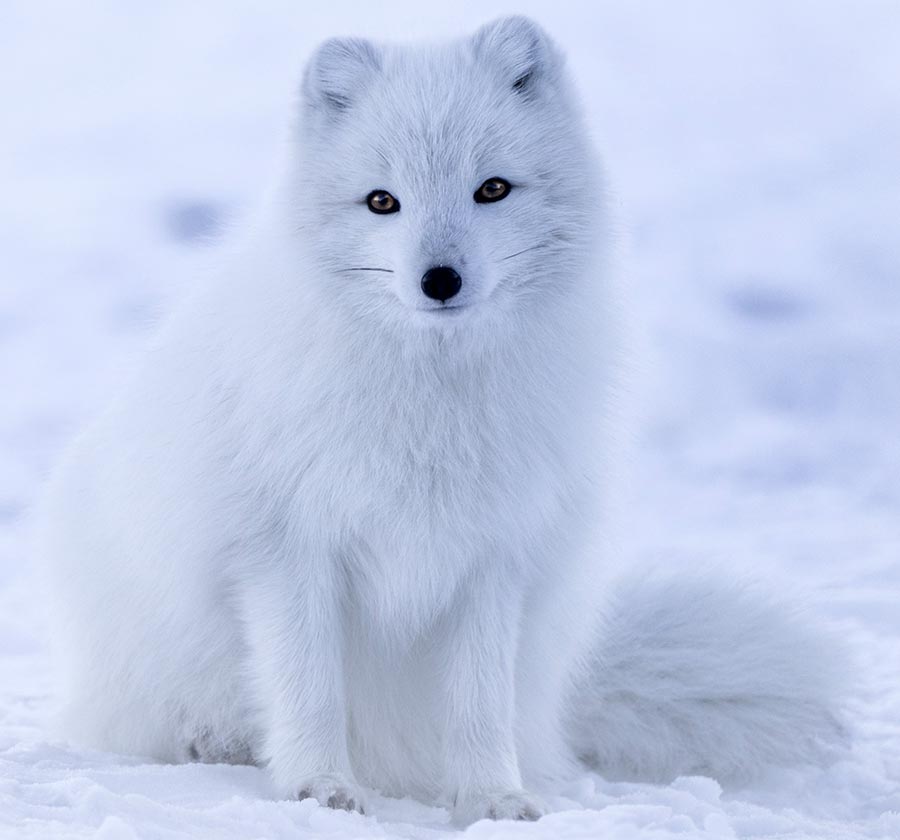
How to check the quality of arctic fox fur
Modern manufacturers have learned how to make artificial fur so masterly that, according to external data, it is difficult to distinguish it from natural. Arctic fox fur is also imitated with artificial materials.
The first thing to do is lightly run your fingers over the fur. Natural fur is soft, fingers will feel the lightness and mobility of the hairline, synthetics are tough and heavy. The most valuable is fur with a uniform color of the guard hair, with no brown shades.
Fur coloration should be intense, with a silvery effect. Natural fur shines in bright light, fox fur shimmers in the sun, and synthetics have a matte structure. Artificial material does not change color when lighting changes. The weight of natural fur is different from that of artificial fur. A natural product is lighter than a synthetic one. The basis of natural fur is leather, and faux fur is fabric.
If the base is difficult to see, a needle can be used to determine the quality of the base. The needle enters a natural product with difficulty, and comes out as well. If everything works out easy, chances are that this is a faux fur piece.
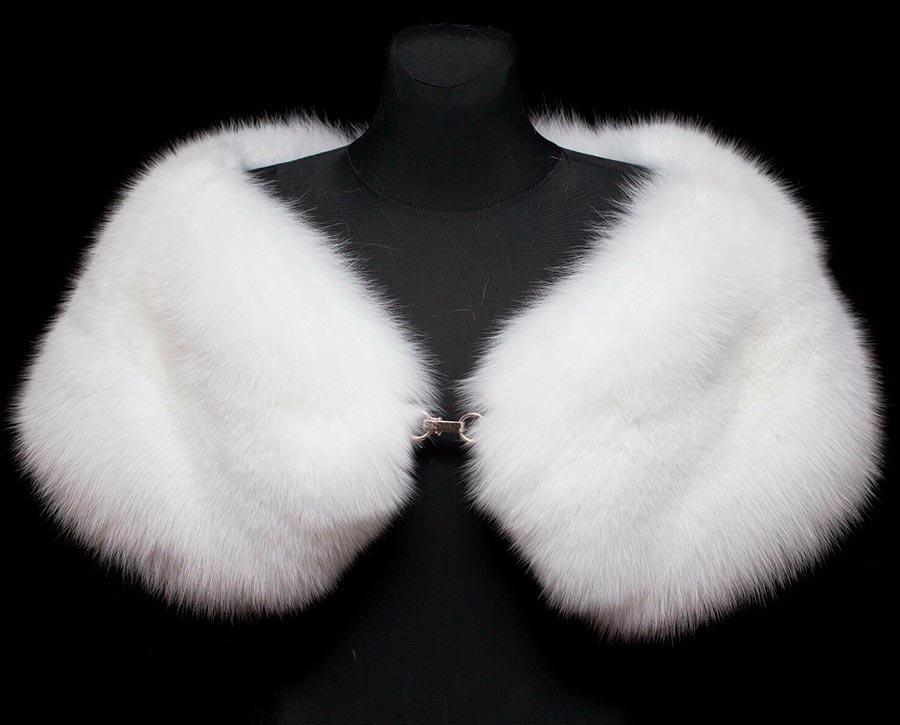
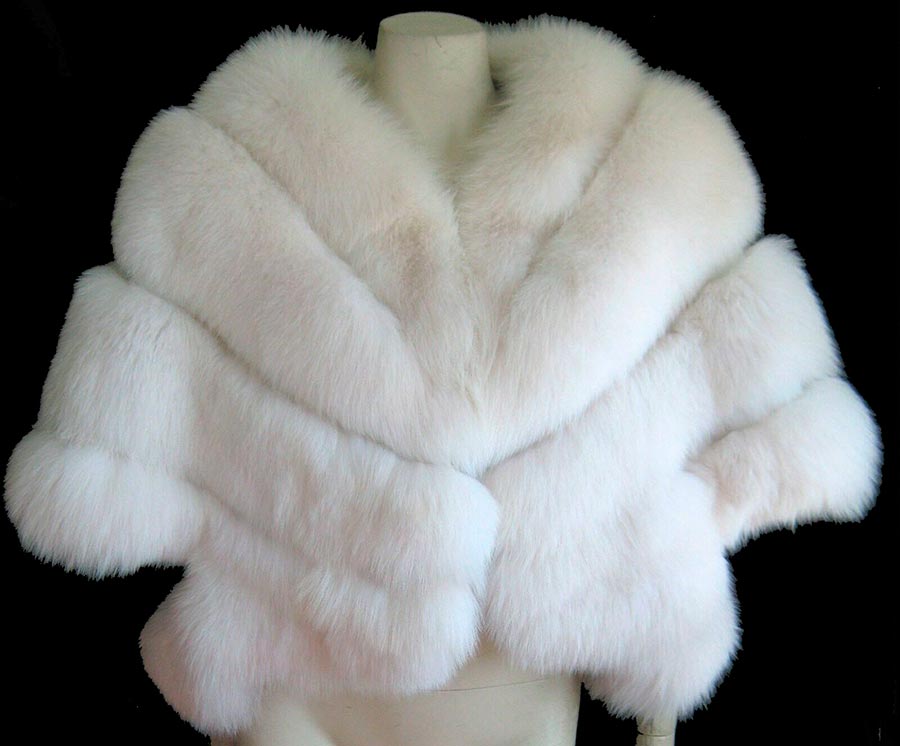
In addition to visual inspection methods, there are other ways to distinguish natural from artificial fur. The most effective method for determining the original is the combustion method. It is enough to pull the hair out of the product and set it on fire.Having felt the smell of burnt wool, we will definitely determine that we have a product with natural fur in front of us. Artificial hair melts when burning, giving off a plastic smell. And, of course, you need to look at the label. For sellers who value their reputation, the label will tell a lot.
But as for the imitation of the fur of a polar fox with the fur of another animal, here the question presents some difficulty. Arctic fox can be confused with the fur of canines (canines), and create an imitation of the ability to eat, although the fur of the fox has a long and fluffy pile. However, most often Arctic foxes are replaced with artificial materials.
The long, thick and lush fur of the arctic fox is considered one of the best materials for luxurious design ideas. Once he won widespread love among women, especially after appearing on the screens. Hollywood beauties... In the 30s, he flaunted on his shoulders Marlene Dietrich, in the 50s it was demonstrated by Elizabeth Taylor and Marilyn Monroe.
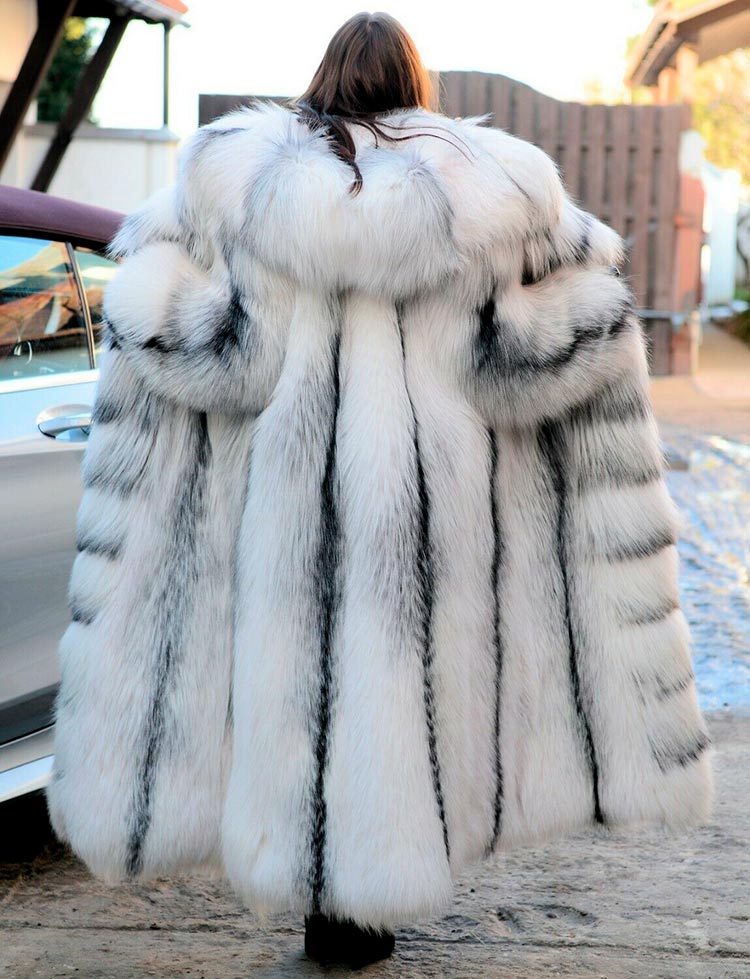
Today, fur products from well-known brands are more and more often created from artificial materials. Their rich and high-profile appearance does not always make it possible to visually distinguish natural from artificial fur.
Many brands have completely abandoned natural fur in support of animal welfare. If you buy products from the brands Stella McCartney, Tommy Hilfiger, Ralph Lauren, Calvin Klein, Diesel, you can be sure that you bought faux fur.
Natural fur is an eternal classic that will always remain relevant for a certain circle of people. The question of humanity remains open. After all, if you feel sorry for the fur-bearing animals that are bred on farms for the manufacture of luxurious fur products, then we must also feel sorry for those whom we kill for food.
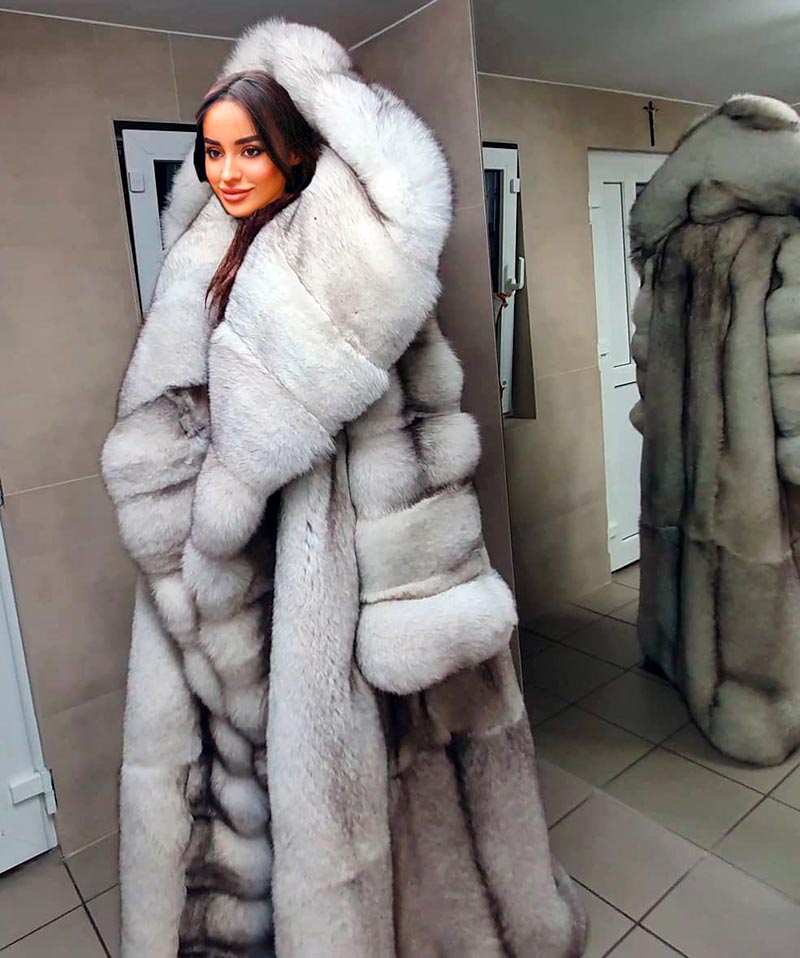
There is another side of humanity that should be thought about by the same animal defenders, and by all people on Earth - the ecological situation on the planet leaves much to be desired, and we ourselves create all these consequences, and thereby climate change. And with climate change, the habitat of animals, including Arctic foxes, changes. Arctic foxes are accustomed to living in the harsh conditions of the North, and a warming climate threatens the extinction of fluffy animals. For example, some subspecies, such as the Arctic fox from the Commander Islands, are listed in the Red Book of Russia.
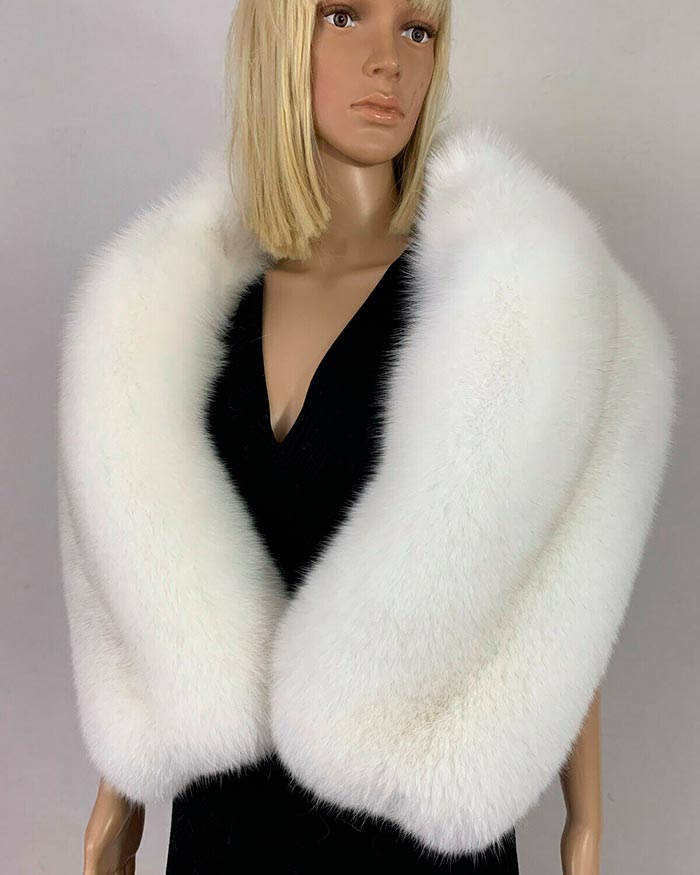
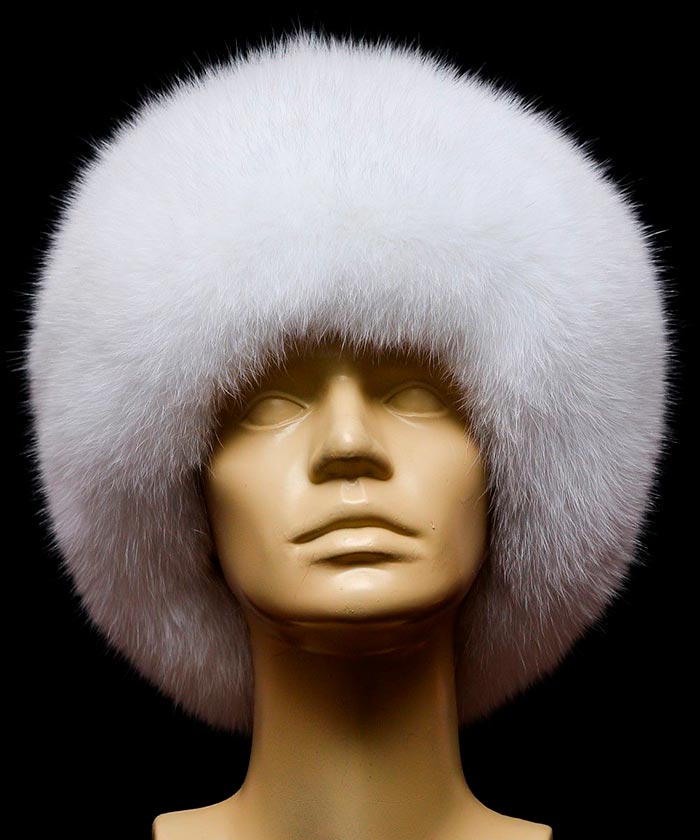
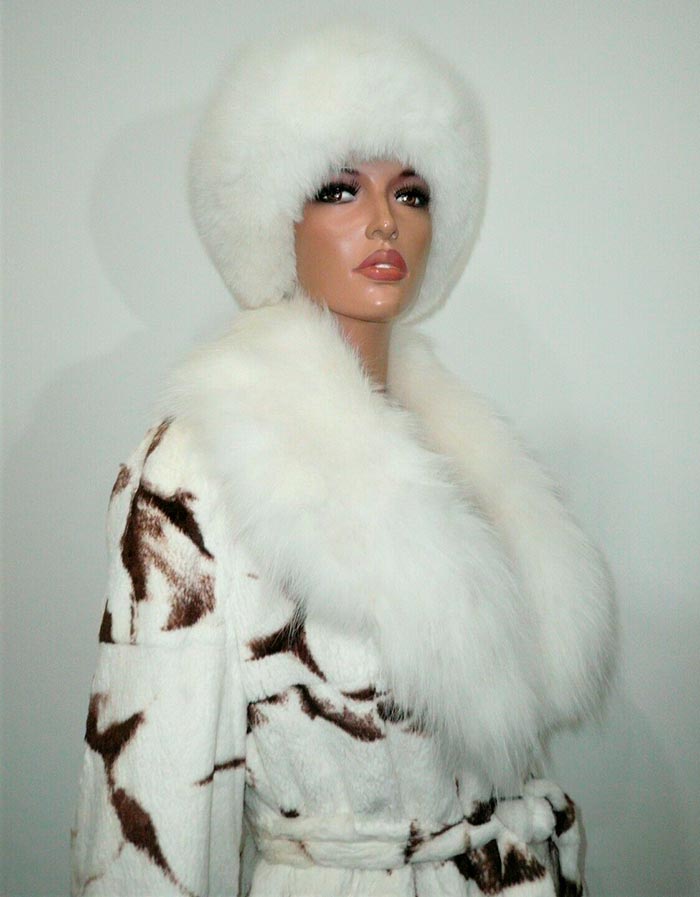
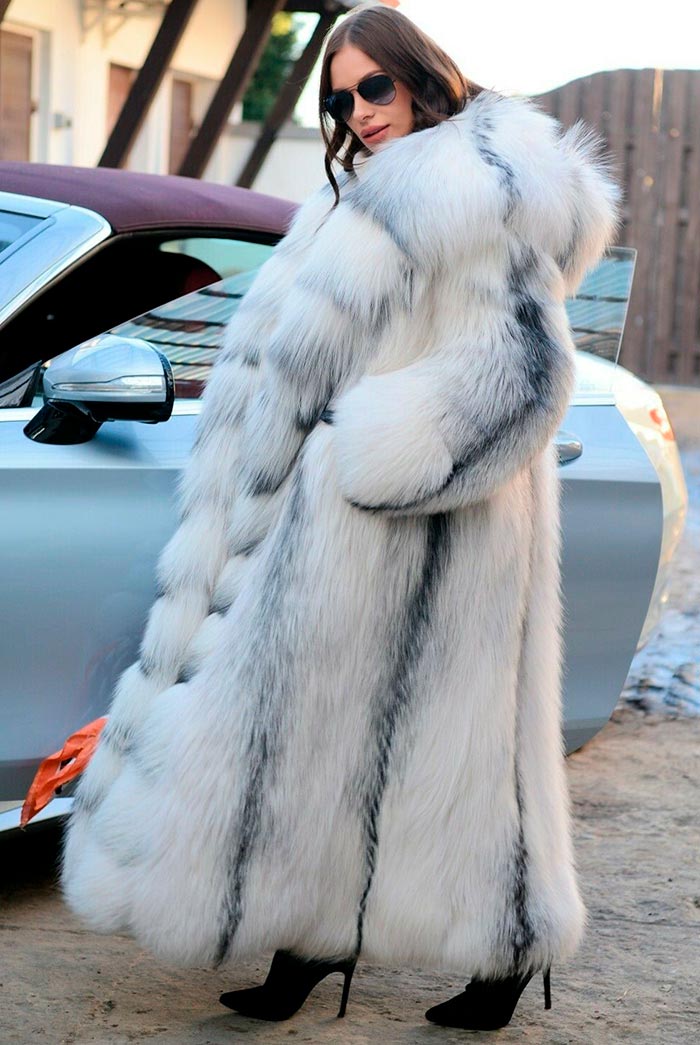
Comments and Reviews
Add a comment
Similar materials
Rating news
Shades of clothing that make women look younger
What shades of hair make women younger: rules and photos
Funny wedding dresses - photos and ideas
12 most expensive down jackets for the winter
How to look 25 at 40: tips from supermodels
Beautiful schoolgirls
Anti-aging haircuts and hairstyles for women
Fashionable skirts for autumn and winter
Fashionable women's trousers for the cold season
Fashionable and stylish sandals for summer 2024
Spring-summer 2024
 Fashionable dresses and tops with thin spaghetti straps
Fashionable dresses and tops with thin spaghetti straps
 Bandana tops: how to wear stylishly and beautifully
Bandana tops: how to wear stylishly and beautifully
 How to put together the perfect men's wardrobe for the summer
How to put together the perfect men's wardrobe for the summer
 Fashionable shorts for spring-summer 2024
Fashionable shorts for spring-summer 2024
 Fashionable skirts for spring-summer 2024: a guide to online shopping
Fashionable skirts for spring-summer 2024: a guide to online shopping
 The most fashionable dresses spring-summer 2024: styles and colors
The most fashionable dresses spring-summer 2024: styles and colors
 Fashionable total look 2024: image ideas and trends
Fashionable total look 2024: image ideas and trends
